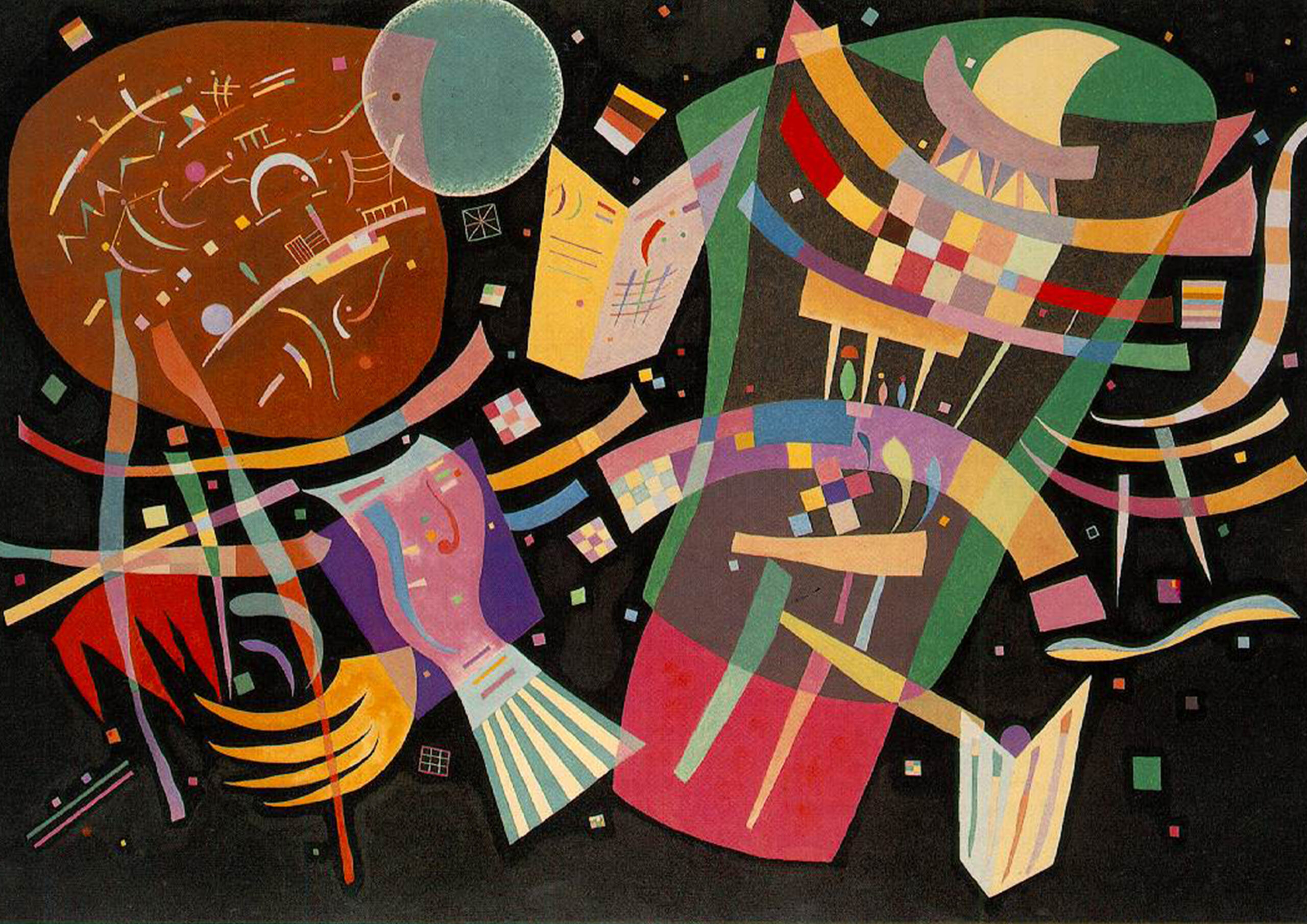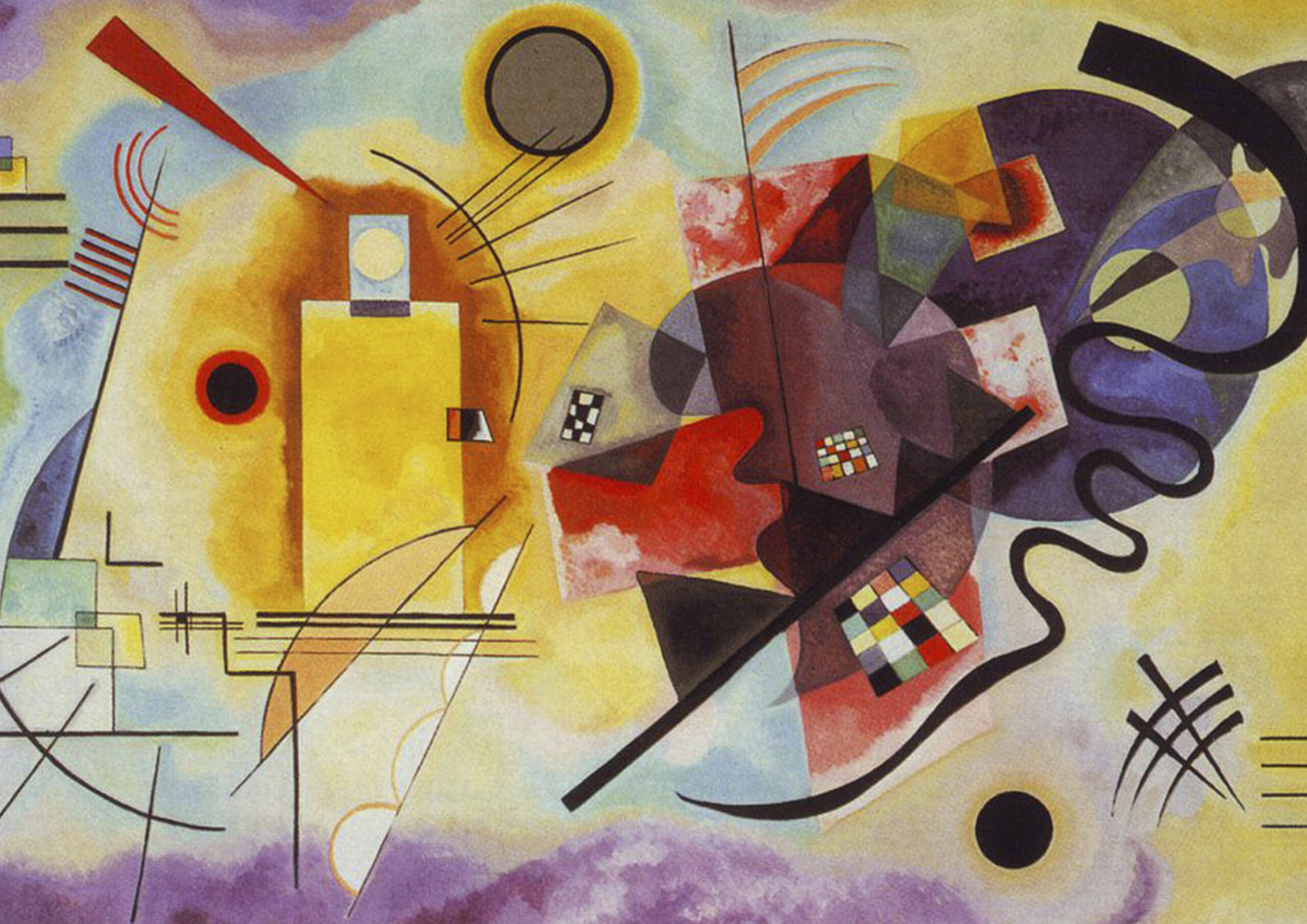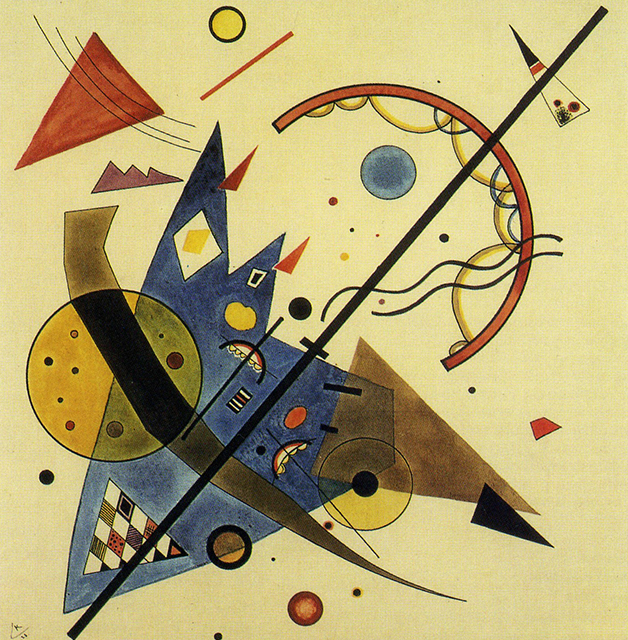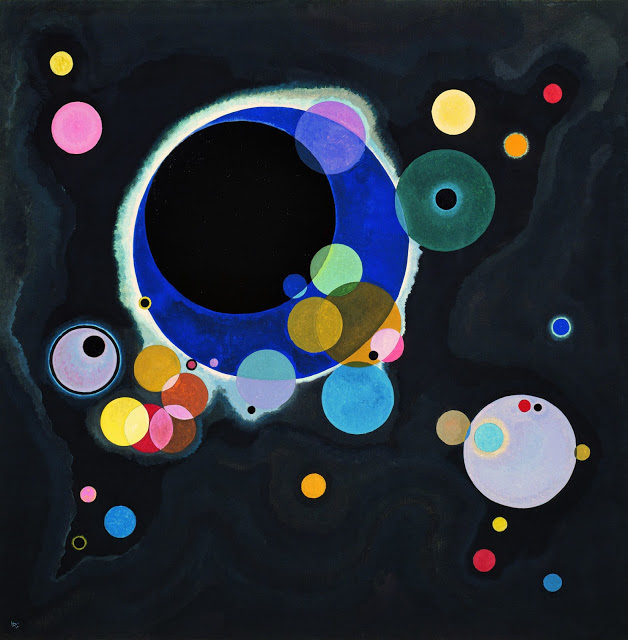KANDINSKY, AN ARTIST WHO SAW MUSIC COLORS AND SHAPE
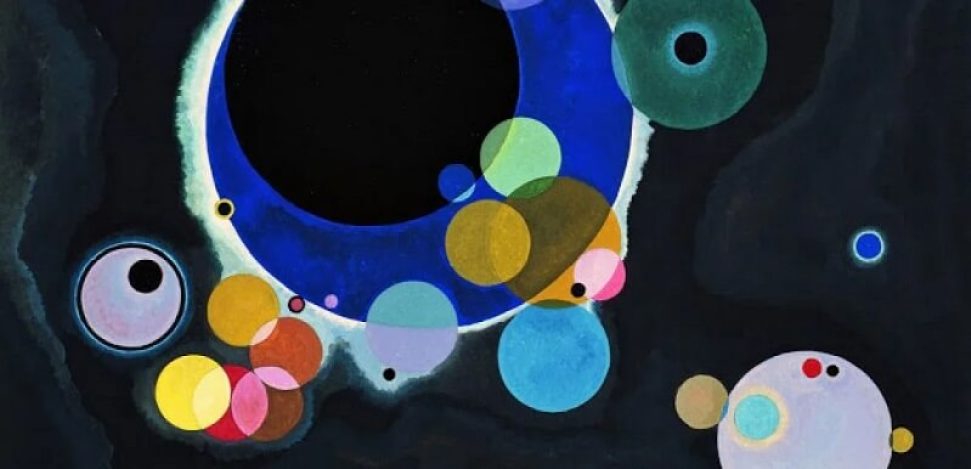
Have you ever heard of synesthesia? Have you ever wondered if colors have sounds? Although on previous occasions we have talked about street art, in today’s post, we want to focus on abstract art and expressionism. Especially, through one of its greatest exponents such as Kandinsky, and how he is closely related to the concept of synesthesia.
Who was Kandinsky?
So that you can understand everything that we will explain below, we want to put you in context and for this, we will explain who Kandinsky was and why he has become a great reference point for colors and abstract painting.
You must know that the Russian painter Wassily Kandinsky was a great theorist and practitioner of abstract art. That is to say, he is a great reference of art based on the representation of objects where the simplification of forms stands out above all and where colors become one of the most important elements.
At age 30, after studying law and economics, he started painting studies and decided to travel around the world to discover colors, shapes, and different ways of representing objects traditionally.
Thanks to this exploration, Kandinsky delved into abstract art, and we could distinguish his works into three different categories:
- Prints that were inspired by nature.
- Those were considered improvisations, since through these works he tried to express internal emotions.
- And finally, the works where the composition was the fundamental factor even though they were based on the artist’s own intuition.
In this way, Kandinsky became the father of abstract art that diversified into other movements such as surrealism, constructivism, or even abstract expressionism.
What is synesthesia?
After having commented on who Kandinsky was and why he stood out as an artist, we consider it necessary and very interesting to discover what synesthesia consists of.
Synesthesia is a concept that is used to describe the alteration of the senses since from a scientific point of view, synaesthetic people do not mix the senses since they are able to perceive stimuli like anyone else. What differentiates them is that in addition to receiving a stimulus, they are able to perceive an added sensory attribute that is expressed automatically and involuntarily.
In this way, there are people who are able to see letters or numbers in certain colors even though they are written in black. Other synaesthetic people are able to visualize colors when listening to music or specific sounds.
Kandinsky was one of those many people who are capable of interpreting music through colors. It is for this reason, that we will now comment on Kandinsky’s synesthesia and how it became a key aspect of the development of his works.
Kandinsky's synesthesia
Kandinsky’s paintings show great combinations and explosions of colors and silhouettes thanks to the main influences of the artist such as Monet, Fauves, and Matisse.
Due to the great work that the artist does on color, Kandinsky’s paintings are considered to invite the viewer to interpret his abstract works through not only sight but also through hearing.
In this way and to create his works, Kandinsky visualized sounds to later reflect them through colors, and for this, he listened to and was inspired by Wagner’s music since he was a great lover of the composer’s most abstract creations.
For Kandinsky, synesthesia became an essential component of his art as his creative thinking consisted of uniting three elements: sound, color, and feeling. And each of them was interconnected because the sound created the color and the color generated the feeling. In order to carry out a work based on synesthesia, the artist investigated throughout his artistic career the relationship established between music and color.
Synesthesia and the relationship that is established between sounds and colors is a difficult and personal issue since the association is based on what causes each person. In the case of Kandinsky, the perception and the relationship that was established between colors generated two types of reactions: the physical through the visualization of the beauty of colors and the psychological one that was related to sensitivity.
In this way, for Kandinsky, the colors sound as follows:
Red
The color red represented, for the artist, strength, energy, and impulse since he associated it with the sound of trumpets accompanied by tubas.
Yellow
Yellow also sounded like a trumpet with great force since it was considered an eccentric and penetrating color.
Blue
On the contrary, the blue considered that it had an introverted color and in one of its lower tones for Kandinsky they were flutes.
Green
Green was considered to be a calm color, without nuances and therefore, calm green tones were represented through the violin.
White
White was represented through a musical pause or in a non-sound since he believed that it was a cold and infinite color.
Black
Black was the eternal silence and therefore, musically a complete and definitive pause.
Kandinsky's best works
Newsletters
Last Minute new From Roll & Feel Sign-up
news



